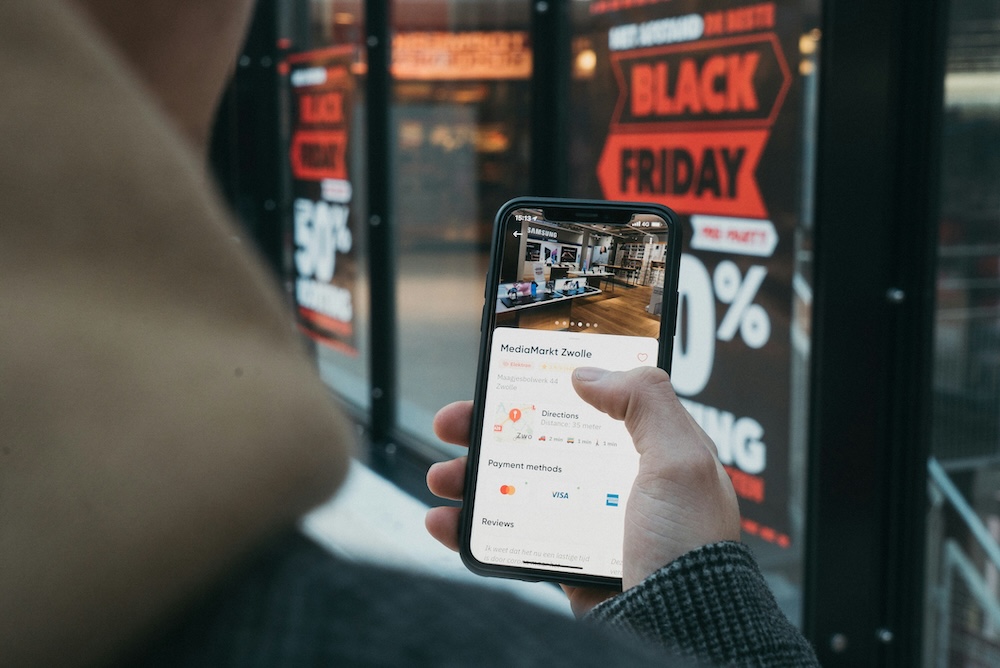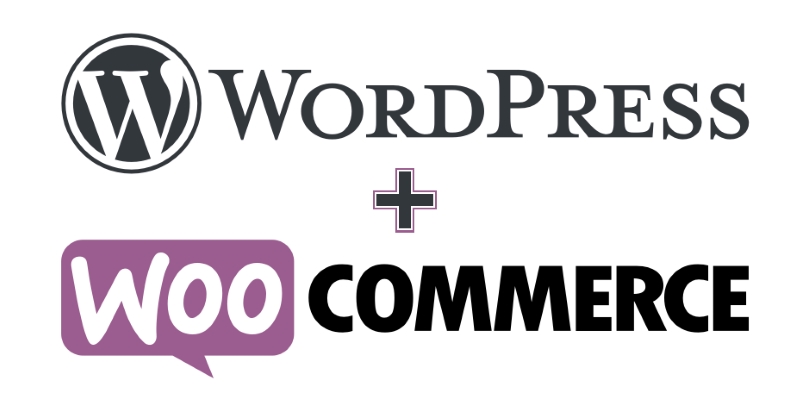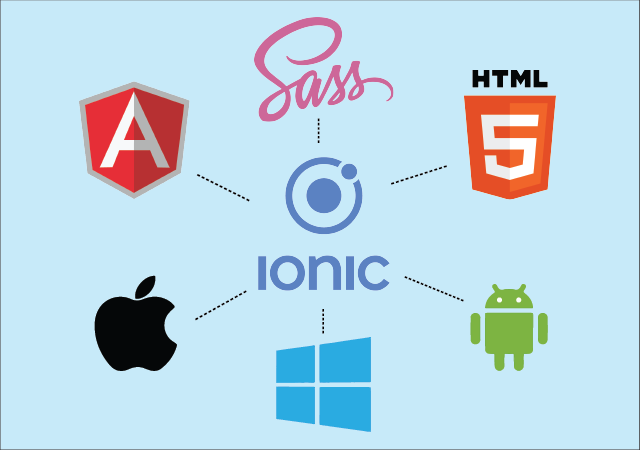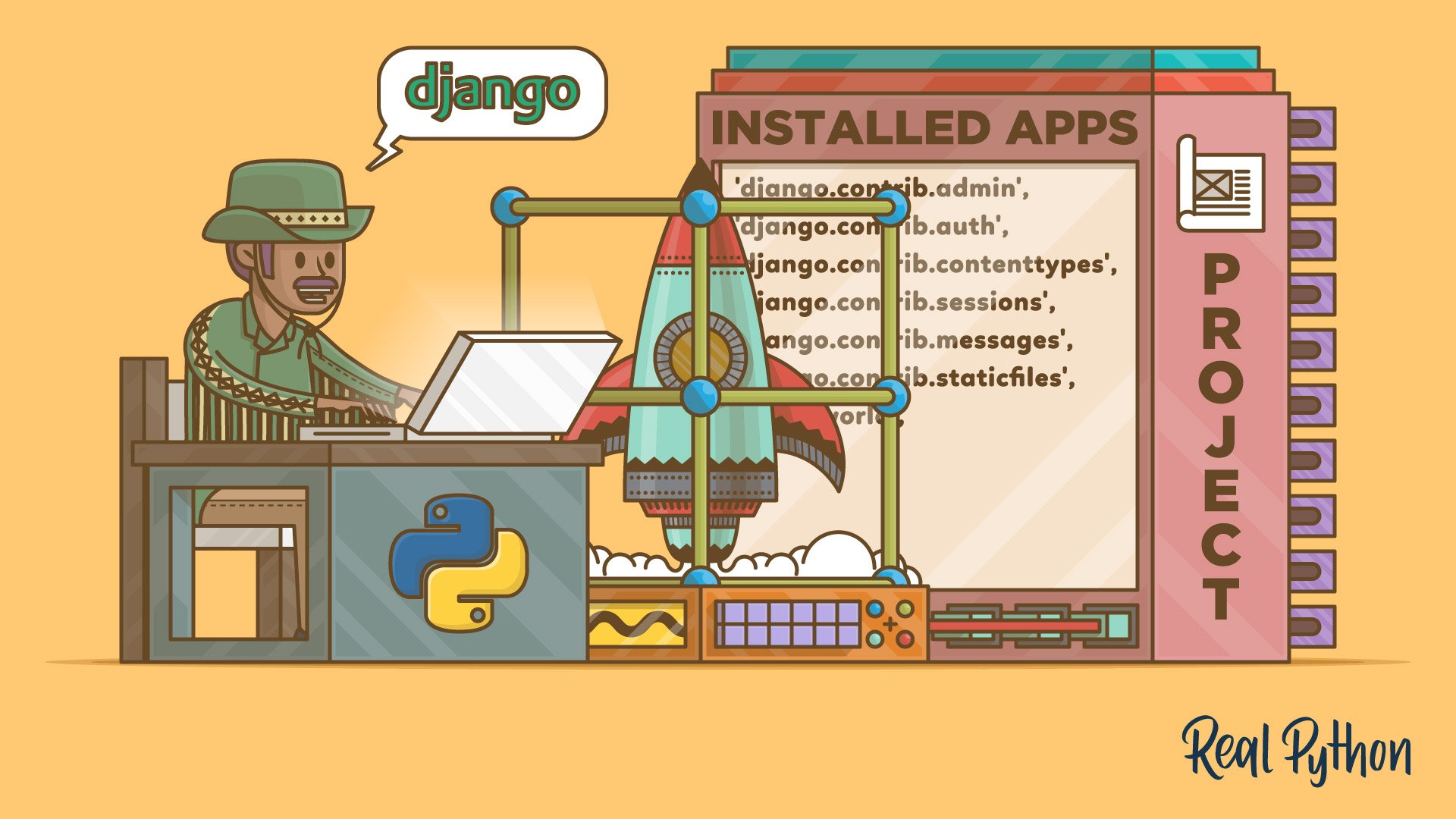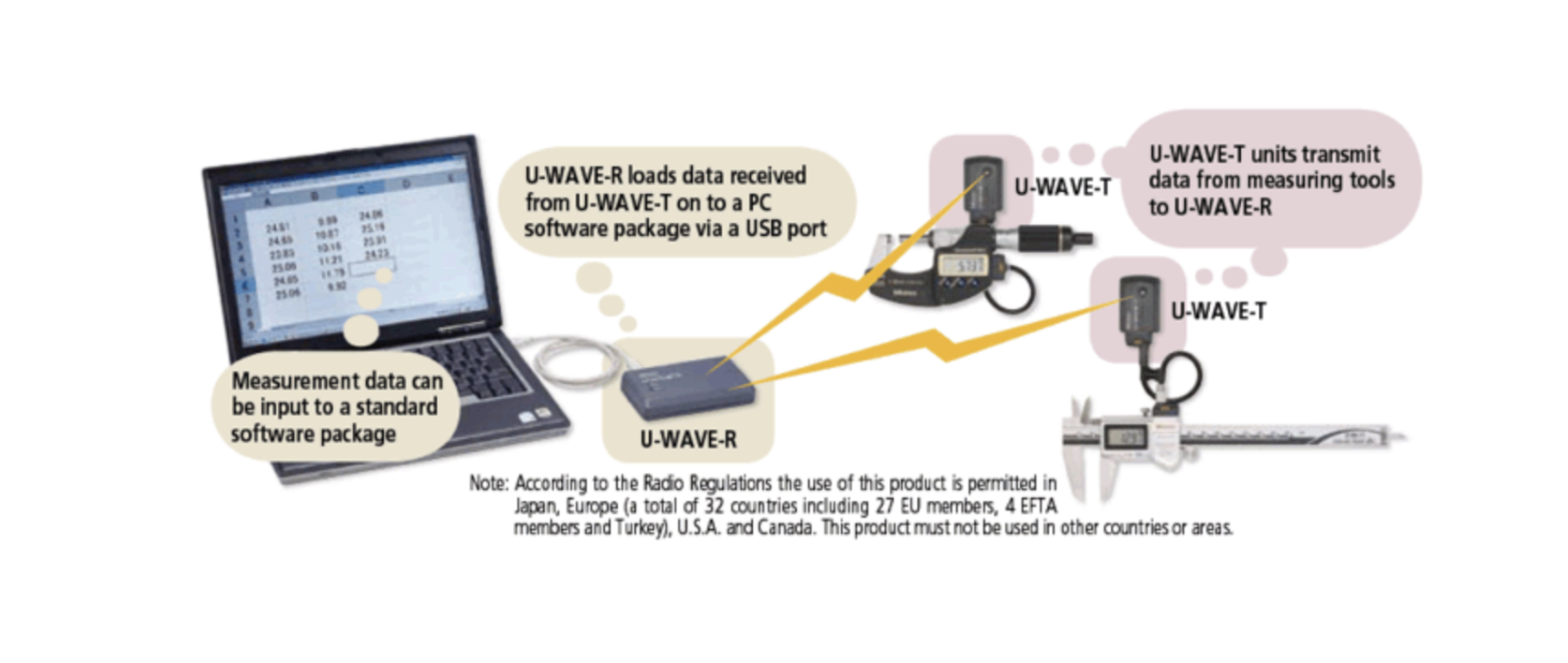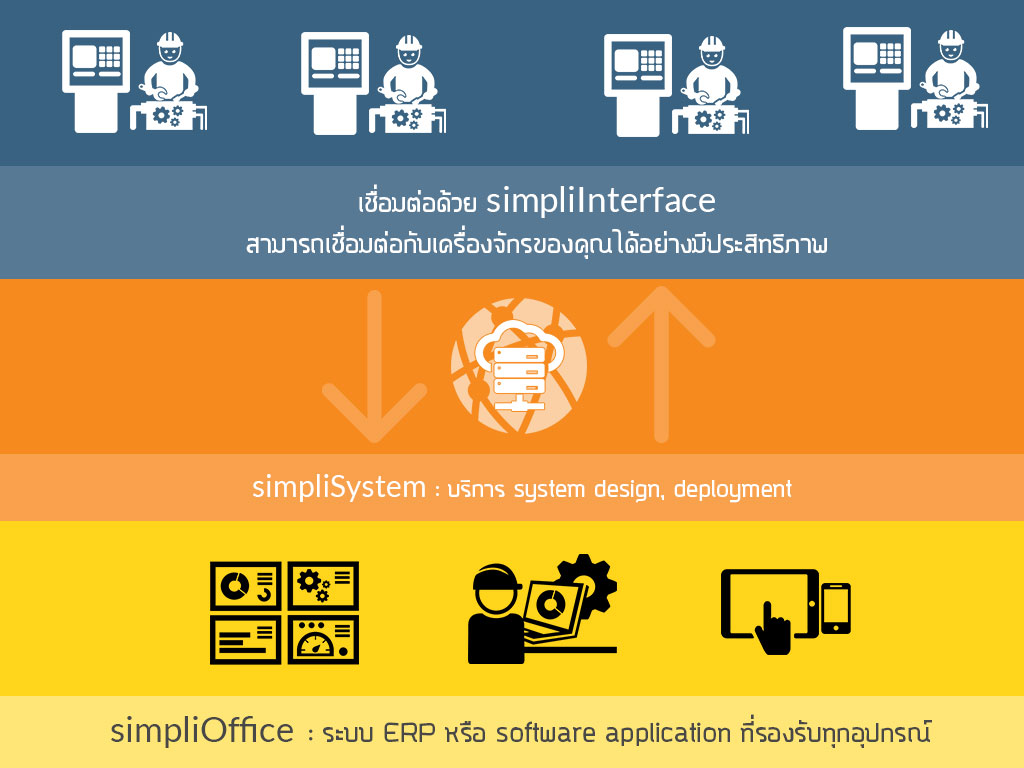How to Apply LEO Satellites in Durian Farming: A Game-Changer for Smart Agriculture
Durian farming, a vital industry in Southeast Asia, is increasingly integrating technology to optimize yield, improve quality, and enhance sustainability. Among these innovations, Low Earth Orbit (LEO) satellites are emerging as a powerful tool for modern agriculture. These satellites, known for their low latency and high-resolution capabilities, are revolutionizing durian farming by enabling precise monitoring, better decision-making, and efficient resource management.
What are LEO Satellites?
LEO satellites orbit at altitudes ranging from 200 to 2,000 kilometers, making them closer to Earth than traditional geostationary satellites. This proximity allows them to:
- Capture high-resolution imagery
- Provide low-latency communication
- Offer cost-effective solutions for real-time data transmission
These features make LEO satellites particularly suitable for applications in precision agriculture, including durian farming.
Benefits of Using LEO Satellites in Durian Farming
1.Real-Time Farm Monitoring
LEO satellites can provide real-time images of durian plantations. Farmers can monitor crop health, soil moisture levels, and pest infestations without being physically present. This allows for early detection of issues and timely interventions.
2.Precision Irrigation
Water management is crucial for durian trees, especially during the flowering and fruiting stages. Satellite data can help farmers identify areas with insufficient or excessive water and optimize irrigation systems accordingly.
3.Weather Forecasting and Risk Management
Durian farming is highly sensitive to weather conditions. LEO satellites provide accurate, real-time weather updates and forecasts, helping farmers plan activities like fertilization, pesticide application, and harvest.
4.Yield Prediction
By analyzing satellite imagery and historical data, farmers can predict yield based on crop health, growth patterns, and environmental factors. This information aids in inventory planning and market strategies.
5.Pest and Disease Management
Satellite imagery combined with AI can identify patterns indicative of pest infestations or diseases. Early warnings enable farmers to apply targeted treatments, reducing the need for broad-spectrum pesticides.
6.Sustainability
LEO satellites support sustainable practices by providing insights into soil health, enabling precision fertilization, and reducing resource wastage. This aligns with the global shift towards eco-friendly farming.
How to Implement LEO Satellites in Your Durian Farm
1.Choose a Satellite Service Provider
Start by selecting a provider specializing in agriculture-focused LEO satellite services. Some popular options include Starlink, Planet Labs, and SatSure.
2.Install Ground Devices
Equip your farm with IoT devices such as soil sensors, weather stations, and GPS trackers. These devices work in tandem with satellite data for enhanced insights.
3.Integrate a Farm Management System
Use a software platform to integrate satellite data with on-ground sensor data. This system will provide actionable insights and recommendations.
4.Leverage AI and Machine Learning
Apply AI algorithms to analyze satellite imagery and predict crop health, water requirements, and potential risks.
5.Train Your Team
Educate your farming team on interpreting satellite data and incorporating it into daily operations. This step ensures the technology is effectively utilized.
A Case Study: LEO Satellites in a Durian Farm
A durian farm in Chanthaburi, Thailand, integrated LEO satellite services with IoT soil sensors and a smart irrigation system. The farm achieved:
- 20% increase in yield due to precise water and nutrient management
- 30% reduction in water usage by targeting specific areas
- Faster pest control response, reducing crop losses by 15%
The combination of satellite data and on-ground technology proved to be a cost-effective and scalable solution for improving farm efficiency and sustainability.
graph TD
A[LEO Satellite] -->|Capture high-resolution images| B[Durian Plantation Monitoring]
A -->|Transmit real-time data| C[Farm Management System]
B -->|Identify crop health and soil moisture| D[Insights for Farmers]
C -->|Analyze data with AI/ML| E[Actionable Recommendations]
D -->|Optimize water usage| F[Precision Irrigation]
D -->|Detect pests and diseases early| G[Pest Management]
E -->|Predict yield and plan resources| H[Yield Prediction]
E -->|Real-time weather updates| I[Weather Risk Management]
F -->|Save water and enhance growth| J[Improved Sustainability]
G -->|Targeted treatments| J
H -->|Market and inventory planning| K[Increased Profitability]
I -->|Plan fertilization and harvest| K
J -->|Eco-friendly farming| L[Future of Smart Durian Farming]
K --> L
Conclusion
LEO satellites are transforming durian farming by making precision agriculture accessible, efficient, and sustainable. By leveraging real-time data, farmers can optimize operations, increase yield, and reduce environmental impact. As technology advances, LEO satellites will play an even bigger role in shaping the future of agriculture.
Durian farmers looking to stay competitive should consider adopting LEO satellite technology. The benefits are clear: better yields, lower costs, and a more sustainable farming practice. The future of durian farming is in the sky!
Get in Touch with us
Related Posts
- RPA + AI: 为什么没有“智能”的自动化一定失败, 而没有“治理”的智能同样不可落地
- RPA + AI: Why Automation Fails Without Intelligence — and Intelligence Fails Without Control
- Simulating Border Conflict and Proxy War
- 先解决“检索与访问”问题 重塑高校图书馆战略价值的最快路径
- Fix Discovery & Access First: The Fastest Way to Restore the University Library’s Strategic Value
- 我们正在开发一个连接工厂与再生资源企业的废料交易平台
- We’re Building a Better Way for Factories and Recyclers to Trade Scrap
- 如何使用 Python 开发 MES(制造执行系统) —— 面向中国制造企业的实用指南
- How to Develop a Manufacturing Execution System (MES) with Python
- MES、ERP 与 SCADA 的区别与边界 —— 制造业系统角色与连接关系详解
- MES vs ERP vs SCADA: Roles and Boundaries Explained
- 为什么学习软件开发如此“痛苦” ——以及真正有效的解决方法
- Why Learning Software Development Feels So Painful — and How to Fix It
- 企业最终会选择哪种 AI:GPT 风格,还是 Gemini 风格?
- What Enterprises Will Choose: GPT-Style AI or Gemini-Style AI?
- GPT-5.2 在哪些真实业务场景中明显优于 GPT-5.1
- Top Real-World Use Cases Where GPT-5.2 Shines Over GPT-5.1
- ChatGPT 5.2 与 5.1 的区别 —— 用通俗类比来理解
- ChatGPT 5.2 vs 5.1 — Explained with Simple Analogies
- 为什么成长型企业 最终会“用不下去”通用软件 —— 成功企业是如何应对的



